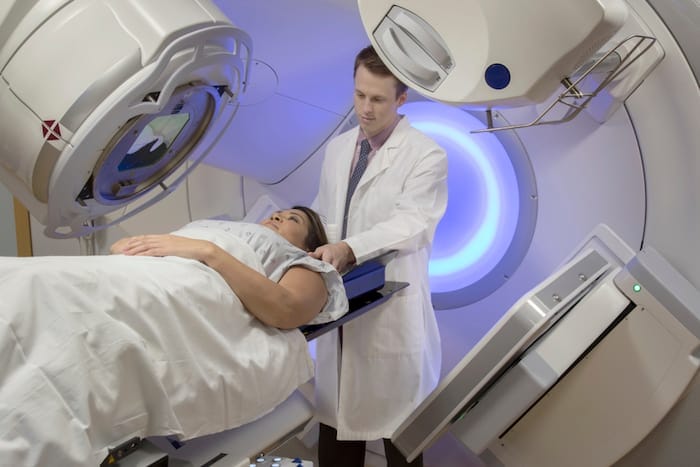
Lifestyle Diseases
Lifestyle diseases are among the leading killers in America associated with the food people eat and the lack of exercise. Some of the conditions related to lifestyle disease include Heart failure, Periphery Artery Disease (PAD), and Obesity. Heart failure directly affects the heart, while PAD affects the blood vessels outside the heart and the brain. The blood vessels constrict and result in a rise in blood pressure, which in turn may result in other complications in the body. Constriction of the blood vessels results from the accumulation of cholesterol and other saturated fats that affect normal blood flow. If you suffer from heart disease in Frisco, you can visit our office at Prime Heart and Vascular for a consultation on how to treat your condition and live a happy and healthy life. Medication helps with controlling the ailments as well as lifestyle changes that depend on the patient.
Regular Exercise
When PAD displays some of its symptoms such as shortness of breath, leg weakness, and shiny skin surface on the foot, visit a doctor for consultation. Part of the recovery program includes an exercise regimen to get you back in shape. The program incorporates various exercises such as the use of a treadmill and leg work to improve blood circulation. The exercise routine helps to reduce the cholesterol and saturated fats on your vessels, thus increasing blood circulation.
Diet Adjustments
The primary cause of PAD lies in the diet you follow. Meals high in cholesterol and saturated fats should be avoided at all costs. It is essential to employ the help of a doctor to note your current eating habits and develop a plan on how to reduce the intake of saturated fats. The doctor will provide a program based on the types of meals you should eat and those that you should avoid. Proper meals entail different fresh fruits and vegetables while reducing red meat intake. The foods encouraged will help in reducing the consumption of cholesterol while other treatment plans such as physical exercise help in reducing the cholesterol in the blood vessels. When you Combine tactics that reduce the intake of cholesterol with those that consume the excess cholesterol in the body, your chances to treat the disease increase as well as aid to prevent a relapse in the future.
Avoid Smoking
Smoking serves as one of the leading causes of many diseases in the body ranging from heart attacks, PAD, high blood pressure, and respiratory disorders. The chances of getting PAD as a smoker combined with other factors that lead to high cholesterol in the body increase by four times compared to a non-smoker. PAD involves the constriction of vessels that results in a rise in the blood pressure, while smoking also increases blood pressure, further adding to the overall increase of blood pressure. When the blood pressure increases and the vessels constrict, then any blood pressure-related illness can erupt, such as stroke and heart failure.
Prevention
Most of the causes of PAD are lifestyle based and can thus be avoided with some effort. Saturated acids intake may be controlled by regulating the consumption of foods high in cholesterol and saturated fats. A change in diet to include fruits and vegetables will cut down on saturated fats. Smoking is a habit that increases your chances of developing PAD and consequently, heart failure. Look to quit smoking or aim to have a plan to stop smoking due to its addictive nature to drastically increase you health. Check your family history for the PAD disease and seek medical attention immediately.
Throughout the year, our writers feature fresh, in-depth, and relevant information for our audience of 40,000+ healthcare leaders and professionals. As a healthcare business publication, we cover and cherish our relationship with the entire health care industry including administrators, nurses, physicians, physical therapists, pharmacists, and more. We cover a broad spectrum from hospitals to medical offices to outpatient services to eye surgery centers to university settings. We focus on rehabilitation, nursing homes, home care, hospice as well as men’s health, women’s heath, and pediatrics.







